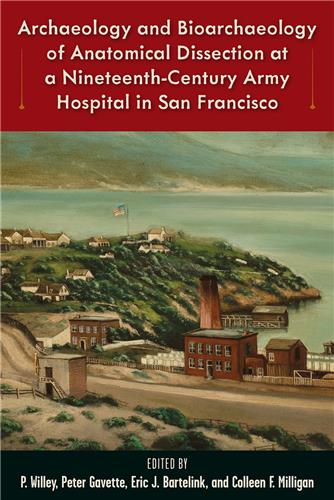This volume uses historical, archaeological, and bioarchaeological analysis to study and understand a nineteenth-century medical waste pit discovered at the former Army hospital at Point San Jose in San Francisco.
Search Results for 'Barbara A. Purdy'
1085 results for 'Barbara A. Purdy'
Please note that while you may order forthcoming books at any time, they will not be available for shipment until shortly before publication date
Clune and Stringfield use a wide range of historical and archaeological records, spiced with traditional period recipes, to provide a unique look into the daily lives of the people who endured hardship, disease, and hurricanes to settle the Gulf coast frontier. The result is a highly readable account of a city with a rich and fascinating past.
Contributors to this landmark volume demonstrate that ancestor veneration was about much more than claiming property rights: the spirits of the dead were central to domestic disputes, displays of wealth, and power and status relationships.
In this interdisciplinary study, Barbara Voss examines religious, environmental, cultural, and political differences at the Presidio of San Francisco, California, to reveal the development of social identities within the colony.
Author and experienced fishing guide Ron Presley offers practical information to anglers of all skill levels and interests in this clear, concise guide.
From the Everglades to Maine in the footsteps of Edwin Way Teale
Provides a fascinating case study to investigate the consumption of luxury goods in the pre-industrial era and the role tobacco played in an emerging capitalist world system and global economy.











